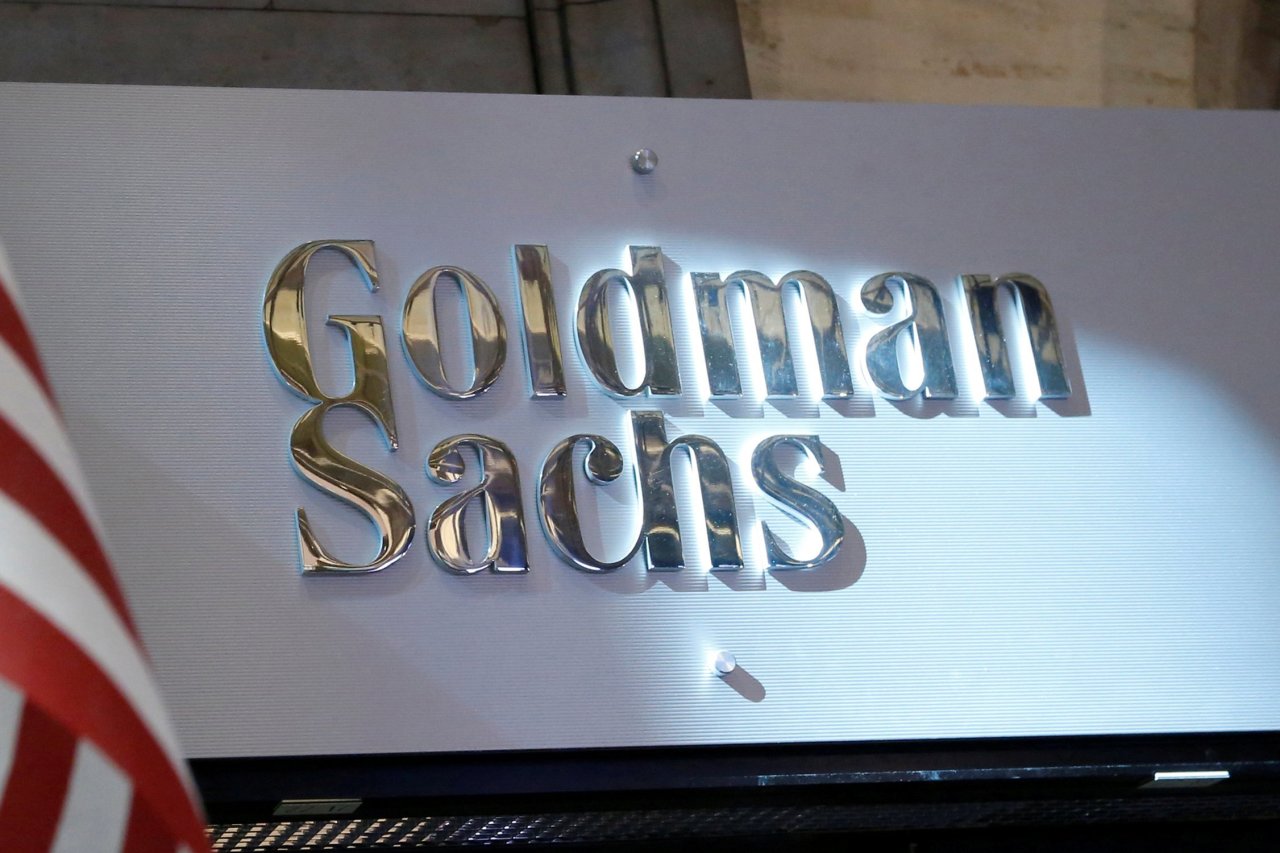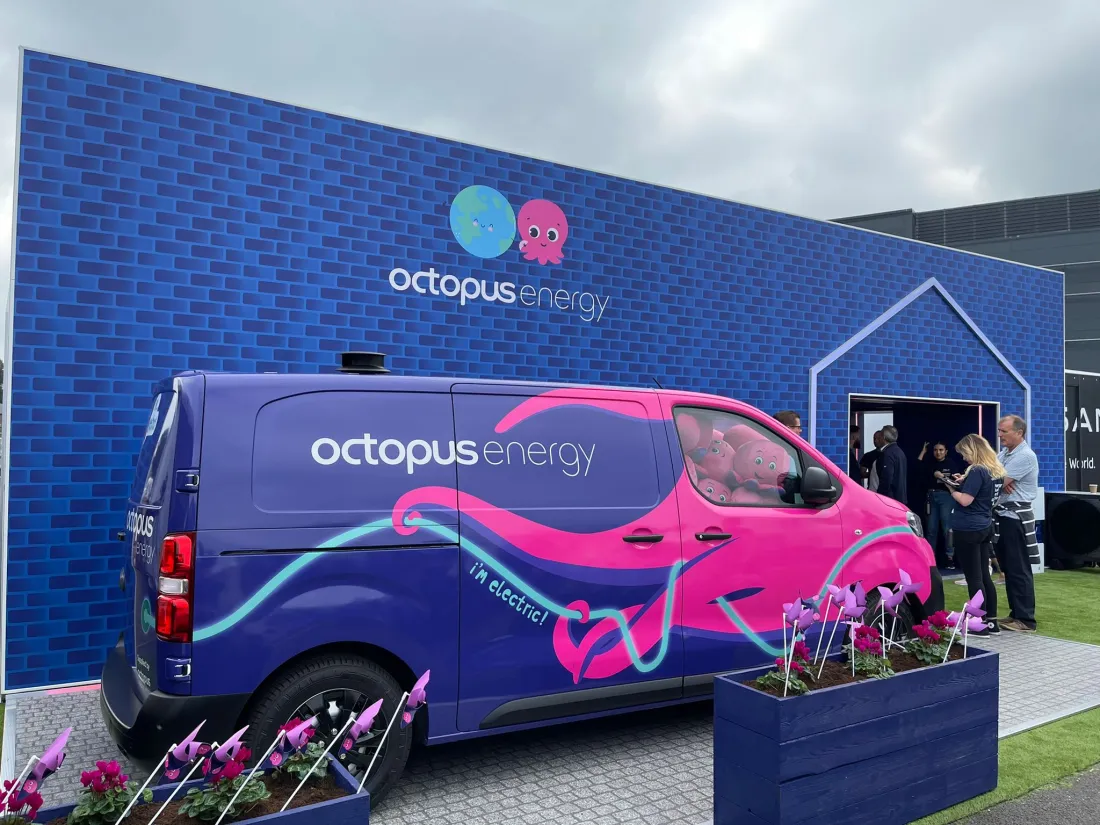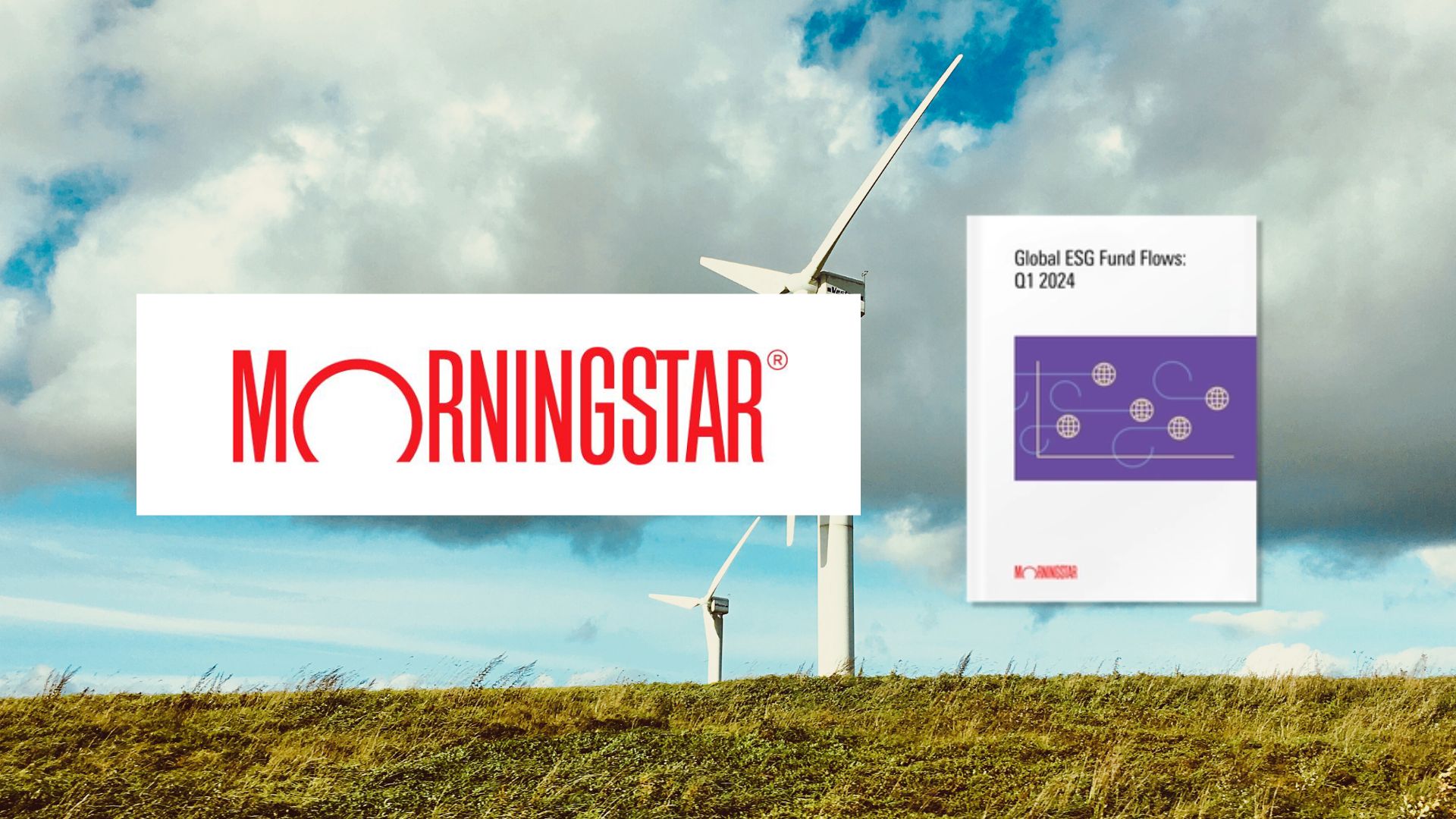The Metropolitan Transportation Authority approves New York’s Congestion Pricing Plan

|
Listen to this story:
|
In a decisive move, the Metropolitan Transportation Authority (MTA) Board, acting as the Triborough Bridge and Tunnel Authority board, established toll rates for New York City’s Central Business District, marking a significant milestone in the city’s efforts to implement congestion pricing. Following an extensive public engagement process that elicited 25,600 written comments and featured 386 speakers across four public hearings, the decision was made on March 27, 2024, with an 11 to 1 vote. These rates, initially recommended by the Traffic Mobility Review Board on November 30, 2023, and presented to the public on December 6, were refined before their final approval.
The newly approved tolls dictate that passenger vehicles and small commercial vehicles, such as sedans, SUVs, pickup trucks, and small vans, equipped with a valid E-ZPass, will be charged $15 during daytime hours and $3.75 at night for entry into Manhattan’s congestion relief zone below 60th Street, ensuring they are billed no more than once per day. MTA Chair and CEO Janno Lieber remarked on the vote’s importance, stating, “Today’s vote is one of the most significant the Board has ever undertaken, and the MTA is ready.” He further outlined the MTA’s preparatory actions, including enhanced subway services, bus network redesigns, and the largest service increase in Long Island Rail Road’s history, aimed at leveraging congestion pricing revenue for substantial transit improvements.
For larger vehicles, such as trucks and buses, daytime toll rates will vary based on size and function, with motorcycles being charged $7.50 during the day and $1.75 at night. The toll scheme also introduces a $1.25 charge per trip for yellow taxi, green cab, and black car passengers, with app-based for-hire vehicles incurring a $2.50 fee. Exemptions are in place for authorized emergency vehicles, those transporting individuals with disabilities, school buses contracted by the NYC Department of Education, and specific government vehicles. Additionally, a 50% discount for low-income vehicle owners and a tax credit for low-income residents of the Central Business District have been announced.
Reporting on the MTA’s approval of the $15 toll for passenger cars entering downtown Manhattan, Aaron Katersky emphasized the city’s pioneering stance in adopting congestion pricing. Despite the plan’s objective to diminish traffic congestion, reduce pollution, and raise crucial funds for transit enhancements, it faces opposition and legal challenges. New Jersey Governor Phil Murphy critiqued the plan as a “blatant cash grab” targeting commuters from New Jersey, stating, “The MTA’s actions today are further proof that they are determined to violate the law in order to balance their budget on the backs of New Jersey commuters. We will continue to avail ourselves of every option in order to protect residents on this side of the Hudson from an unfair tolling scheme that discriminates against New Jerseyans, especially lower and middle-income drivers.” The plan also outlines exemptions for essential service vehicles and offers discounts for drivers with an annual income below $50,000.
Related Article: Australia creates $1 billion fund called Solar Sunshot to expand solar panel manufacturing
Scheduled to start in mid-June, the congestion pricing initiative aims to address the influx of over 900,000 vehicles into Manhattan daily and mitigate the city’s severe traffic congestion. Emulating London’s congestion charge, New York anticipates a 17% traffic reduction, enhanced air quality, a slight increase in transit use, and significant revenue generation for mass transit improvements. The plan also specifies reduced toll rates for nighttime vehicle entries and additional charges for taxi and for-hire vehicle trips within the congestion zone, supplemented by existing congestion charges. Low-income vehicle owners may qualify for trip discounts and state tax credits, reflecting the plan’s broader socio-economic considerations.










